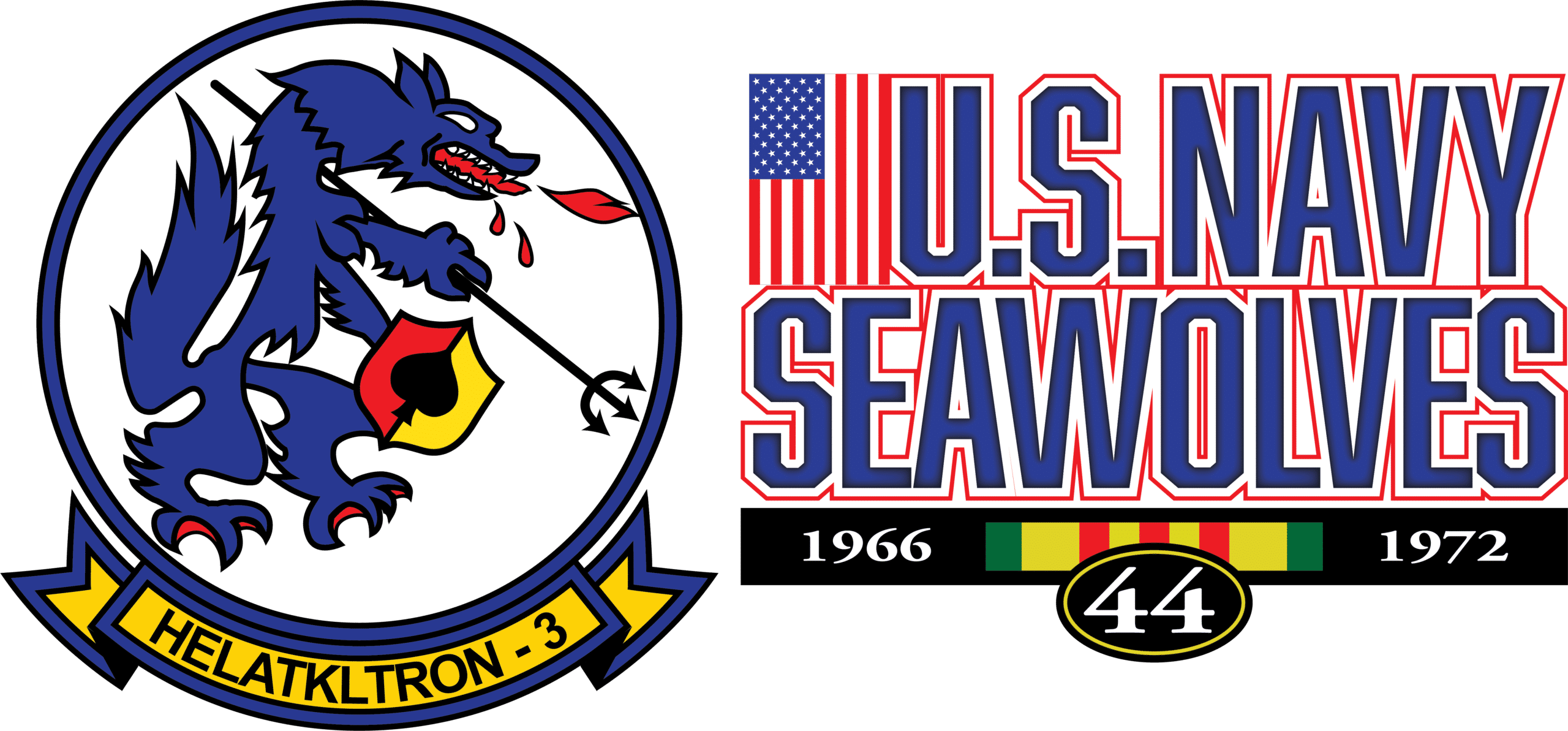Scott Kraska's Seawolf Restoration
Bell UH-1B, 62-4567
This B Model Huey flew over 2400 flight hours in Vietnam
Now at Displayed at Cavanaugh Flight Museum, Addison, TX
Built in July 1963 by the Bell Helicopter Co. of Ft. Worth Texas for the United States Army, this aircraft was originally assigned stateside to the 4TH Aviation Company. In February of 1966 it was shipped to Vietnam, where it became part of the 611TH Transportation Company, serving until June of 1967 when it was returned to the United States for Gunship Conversion.
Returning to Vietnam in January 1968, it was assigned to the Gunship Platoon of the 120th Assault Helicopter Company based at Tan Son Nhut Air Base near Saigon. During the first hours of the 1968 "Tet Offensive" it was one of 8 helicopters that defended the air base and the city, taking small arms hits on 1/31/68 and 2/2/68. This platoon, "The Razorbacks", was credited by the mayor of Saigon, with the saving of the city. "4567" continued service until February 1971 when it was again transferred.
Accepted by U.S. Navy Attack Helicopter Squadron 3, HAL-3, at Binh Thuy in February 1971, it was cleaned, necessary repairs made, and new markings were applied. This squadron, "The Seawolves" was tasked with naval close air support for River Patrol Forces in Vietnam, Task Force 116, including PBR and Swift Boat fire support, SEAL Team insertions and extractions as well as joint operations with Army Riverine units. Serving first with Detachment 1 at "Solid Anchor" and then with Detachment 7 in Dong Tam, this gunship flew hundreds of combat missions over the Mekong Delta supplying firepower for the Navy. In October of 1971, it was deemed that this aircraft, approaching its 9th year of service, was in need of a major overhaul. It then left Vietnam and was returned to the Bell Helicopter Co.
By the time the rebuild was completed in the summer of 1972, there was no further need of additional aircraft in Vietnam, as the war was winding down. It served as a training aircraft at Ft. Rucker, Alabama until 1975, was then transferred to St. Paul, Minnesota and then Wisconsin as part of the Army National Guard. It last flight was in January 1984, after which it was cannibalized for parts and later sold to a VFW post, in 1986, for display. Severely vandalized while in storage, it was sold in 1997 to John Kessler of Florida who began the long restoration process, which continues to this day through present owner, Scott Kraska of Naples, Florida.
The Aircraft Today
This aircraft is thought to be the only known Seawolf Gunship still in existence. There are UH-1s painted to look like aircraft from this unit at places like the Pensacola Naval Air Museum, The Seal-UDT Museum and at Patriots Point in South Carolina, however these are not ACTUAL veterans of HA(L)-3, but commemorative representations of what they looked like.
When received from the Army in 1971 the Navy was more concerned with mechanical function than appearance. The Army markings were sprayed over and Navy markings were stenciled in their place. 4567 appears much today as it did during the summer of 1971. The magnesium fuselage does not hold paint as well as steel, and with all the hard use it needed to be constantly "touched up". This was done in the field with spray guns and even spray cans. Bullet holes were simply hammered flat and small patch panels were riveted in place. There are at least 6 patched bullet holes, which still remain. At one time there were many more but the 1972 rebuild replaced sections of the floor and fuselage skin.
One important piece of information has yet to be discovered, that is the "modex" number assigned to the aircraft while it was with the Navy. This 3-digit code would have been on both sides of the upper tail surface and in small numbers above the Seawolf nose art. While we can document the participation of this particular helicopter with the Seawolves through official Army equipment records as well as Pilot and Gunner log books, the modex numbers would only be recorded by the squadron, and these records are still sealed due to the covert nature of many of the missions which HAL-3 was involved. Since these numbers were recycled as aircraft were lost or transferred out of the unit, more than one aircraft could have shared a modex number. We hopefully will discover this number in time.
The armament long removed, will be replaced as it is found. This will be a difficult task as most obsolete weapons systems are scrapped instead of sold and are rare to find. The restoration process will eventually include new paint, as the paint from the 1970s will continue to chip and deteriorate.

